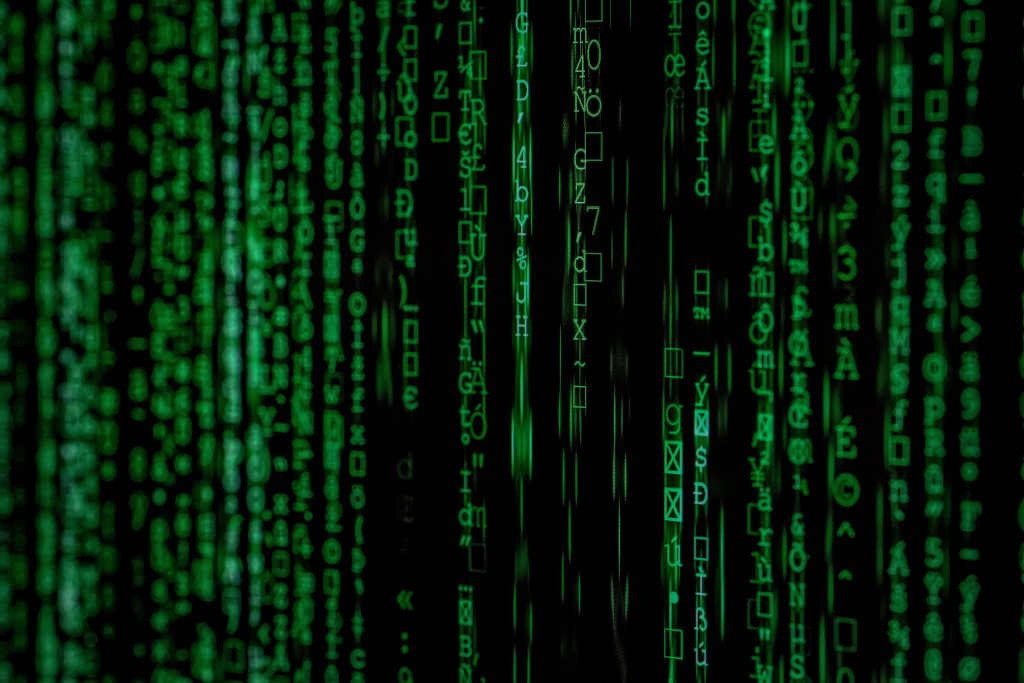Navigating the Perils of Spyware: A Look into Paragon and the Safety of Journalists
In an era where digital security is paramount, the recent discovery of Israeli spyware on journalists’ devices has ignited a pressing conversation about the safety measures that reporters must implement. With the emergence of technology that can infiltrate smartphones without any user interaction, the stakes have never been higher.
Recent investigations by Citizen Lab revealed the alarming presence of Paragon spyware, an advanced tool developed by a U.S.-backed Israeli company, targeting European journalists. This intrusive software operates stealthily, granting attackers access to sensitive applications and communications without requiring any action from the user. Much like the infamous Pegasus spyware, which is already blacklisted by the U.S. government, Paragon poses a significant threat to journalists around the world, allowing for covert surveillance of messenger applications such as Signal and WhatsApp.
As Scott-Railton, a prominent figure in cybersecurity, aptly noted, “There’s no link to click, attachment to download, file to open or mistake to make.” This statement encapsulates the chilling reality that journalists now face; one moment their device is their own, and in the next, critical data could be surreptitiously transmitted to malicious actors.
So, what can journalists do to protect themselves? The question arises: should they abandon smartphones altogether? While this may seem like a drastic measure, it emphasizes the need for heightened awareness and comprehensive digital hygiene practices. Here are some strategies that can enhance their security:
-
Regular Software Updates: Keeping operating systems and applications up-to-date can help mitigate vulnerabilities.
-
Utilize Security Features: Enable features such as two-factor authentication, and use encrypted messaging services.
-
Be Circumspect with Connections: Avoid connecting to untrusted networks and be cautious about app permissions.
-
Security Training: Journalists should consider undergoing training sessions focused on digital security practices.
-
Use of Secure Devices: For sensitive communications, utilizing devices specifically designed for security might be a viable option.
The challenge facing journalists in this digital landscape is multifaceted, and while completely disconnecting from technology may not be feasible, a proactive approach to cybersecurity can make a significant difference. As the conversation continues, the journalism community must forge a path towards safer practices, ensuring the protection of their sources and their own integrity in reporting.
Share this content:




Thank you for sharing this important article highlighting the increasing threats journalists face from sophisticated spyware like Paragon. Protecting sensitive communications and personal devices is crucial in today’s digital environment. Here are some additional steps and best practices you might consider to enhance your security posture: